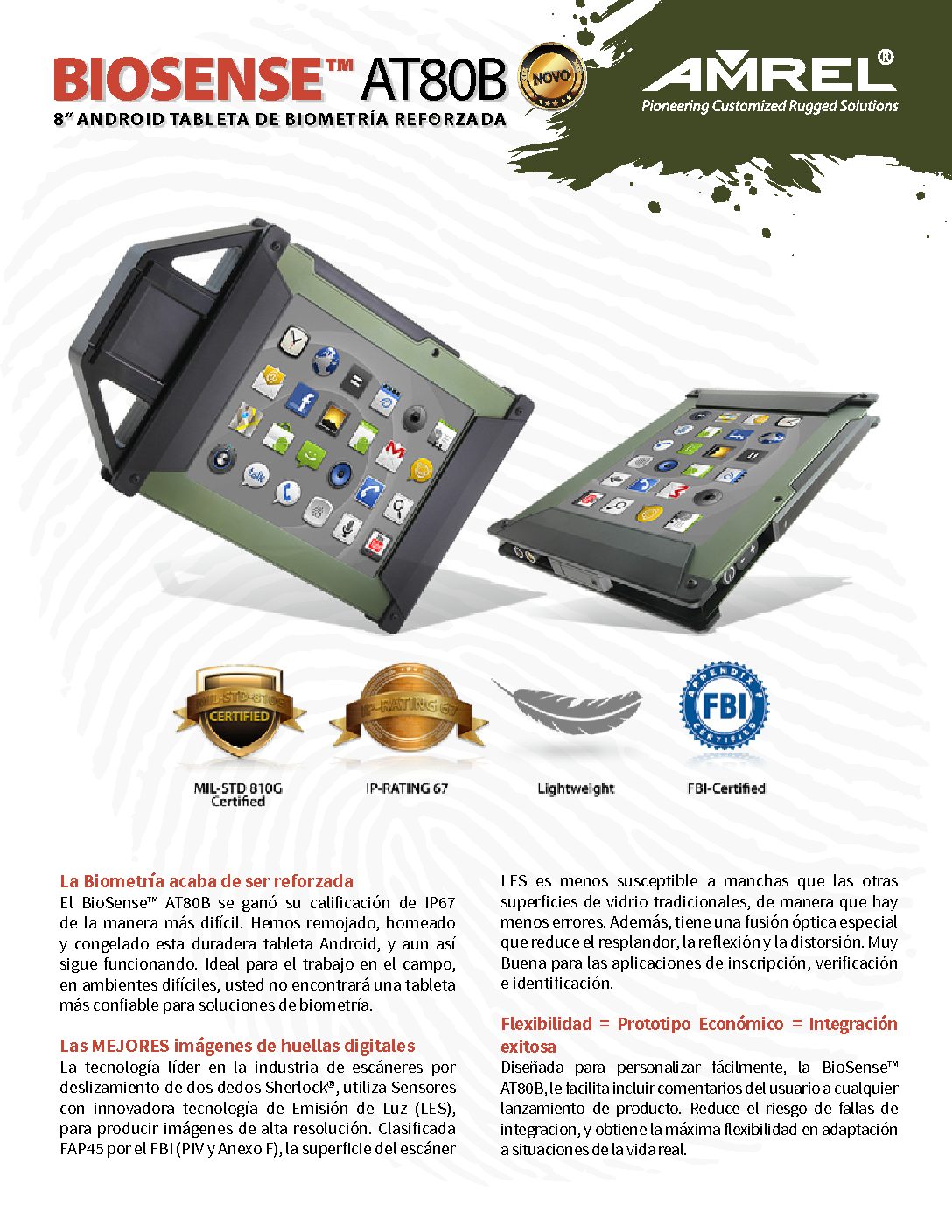 Are keyboards dead? In view of their ubiquity, and proven usefulness, this may seem to be an absurd question, but some people are considering this possibility. The success of the keyboard-less iPad in penetrating the business market was one of 2011’s big surprises. Also, in an interview in the IEEE Spectrum, journalist Sally Wiener-Grotta noted the impressive number of stylus interfaces on display at the recent Consumer Electronics Show (CES). She even cites studies that claim that when we use handwriting input, “… we absorb information better and we express information better…”
Are keyboards dead? In view of their ubiquity, and proven usefulness, this may seem to be an absurd question, but some people are considering this possibility. The success of the keyboard-less iPad in penetrating the business market was one of 2011’s big surprises. Also, in an interview in the IEEE Spectrum, journalist Sally Wiener-Grotta noted the impressive number of stylus interfaces on display at the recent Consumer Electronics Show (CES). She even cites studies that claim that when we use handwriting input, “… we absorb information better and we express information better…”
I’m a bit skeptical about the “death of keyboards” and the superiority of handwritten input. I’ve heard this before.
Way back in the 20th century, I was involved in a marketing campaign to sell language software to Japan. Much to our shock, my company learned that high-level Japanese executives –even key IT decision makers –didn’t have a clue about how to use a computer. Back in the 1990s, keyboards still had a bit of stigma to Japan executives; typing was something that secretaries did.
Indeed, there was a great deal of discussion in the language software communities about the role of keyboards in Asian society. Some Asian languages are “logographic,” i.e. each written symbol represents a single word. Most western alphabets are based on phonemes (sounds). Chinese and Japanese alphabets have thousands of characters. This makes a true Chinese/Japanese typewriter impossible.
Both Japan and China developed special phonetic-based scripts, but they are of limited use. For example, books are almost always printed with the symbolic characters as opposed to the phonetic script. Phonetic-based script made typewriters physically possible, but they were hardly user-friendly. See Japanese typewriters for some amazing photos of these complex contraptions.
Back in the 1990s, many User Interface companies were convinced that typewriters would never penetrate Asian societies. A great deal of energy was spent trying to develop “pen-and-paper” like interfaces.
This spread of an Asian “keyboard culture” was blocked not only by language problems, but also technical ones. An early personal computer with a typical 320×200 pixel screen simply wasn’t capable of displaying delicate, detailed Japanese script. Computers with phonetic-based Japanese scripts were available, but they required the users to enter an awkward hexadecimal code for each letter. Limited word processing capabilities significantly slowed the diffusion of personal computers in Japan as compared to western countries.
One consequence of this relatively low computer penetration was the lack of support for consumer electronics. Westerners take it for granted that digital cameras, printers, and MP3 music players will connect to our computers, but in Japan this is a relatively recent phenomenon. Up until 2000, businesses and homes were full of electronic devices that could not interact with computers.
Japanese eventually learned to use keyboards, but on their mobile phones. Mobile phones were the first platform that Japanese used for emails and internet (see the excellent Why Japan didn’t create the iPod for the source of this information).
Personal computers became more powerful, so Japanese language capabilities eventually became economical and practical. Japanese consumers demanded them, computer use spread, and manufacturers began making appliances that were computer compatible.
Consider the barriers to keyboard use that existed in Japan. There was a lack of “keyboard culture.” The language is decidedly “keyboard unfriendly.” Social attitudes stigmatized their use as lower class. An entire consumer electronics infrastructure existed that was independent of computers, and thus keyboards as well. Yet, as soon as it became practical, the Japanese adopted keyboards. This implies that keyboards have an intrinsically attractive quality as an interface.
Of course, keyboard adoption was closely tied to the appeal of computers as a central organizing platform. However, Japanese innovators could have developed a non-keyboard user interface. As I wrote above, technological entrepreneurs were keenly interested in the non-keyboard interface for Asian markets in the late 1990s.
In spite of all the wonderful gizmos at CES and the success of the iPad, the Japanese experience suggests that keyboards are here to stay.








I had never suspected that computer penetration in Japan could have been delayed by such factors. I actually never suspected that computer penetration in Japan was delayed AT ALL. Still, it is a fact. That was a really interesting example. I also don’t think keyboard are going anywhere soon, as much as the Ipad doesn’t need one, I can’t think of workplaces where people don’t use a keyboard (the latter may be true for personal use, but still). In fact, there are keyboard available for mobile devices right now, which just goes to support this theory.